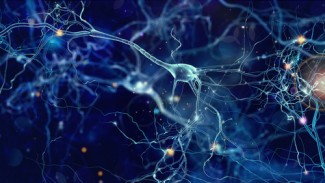Abstract The ventral tegmental area (VTA) evaluates salience of environmental stimuli and provides dopaminergic innervation to many brain areas affected by acute and chronic ethanol exposure. While primarily associated with rewarding and reinforcing stimuli, recent evidence indicates a role for the VTA in aversion as well. Ethanol actions in the VTA may trigger neuroadaptation resulting in reduction of the aversive responses to alcohol and a relative increase in the rewarding responses. In searching for effective pharmacotherapies for the treatment of alcohol abuse and alcoholism, recognition of this imbalance may reveal novel strategies. In addition to conventional receptor/ion channel pharmacotherapies, epigenetic factors that control neuroadaptation to chronic ethanol treatment can be targeted as an avenue for development of therapeutic approaches to restore the balance. Furthermore, when exploring therapies to address reward/aversion imbalance in the action of alcohol in the VTA, sex differences have to be taken into account to ensure effective treatment for both men and women. These principles apply to a VTA-centric approach to therapies, but should hold true when thinking about the overall approach in the development of neuroactive drugs to treat alcohol use disorders. Although the functions of the VTA itself are complex, it is a useful model system to evaluate the reward/aversion imbalance that occurs with ethanol exposure and could be used to provide new leads in the efforts to develop novel drugs to treat alcoholism.
